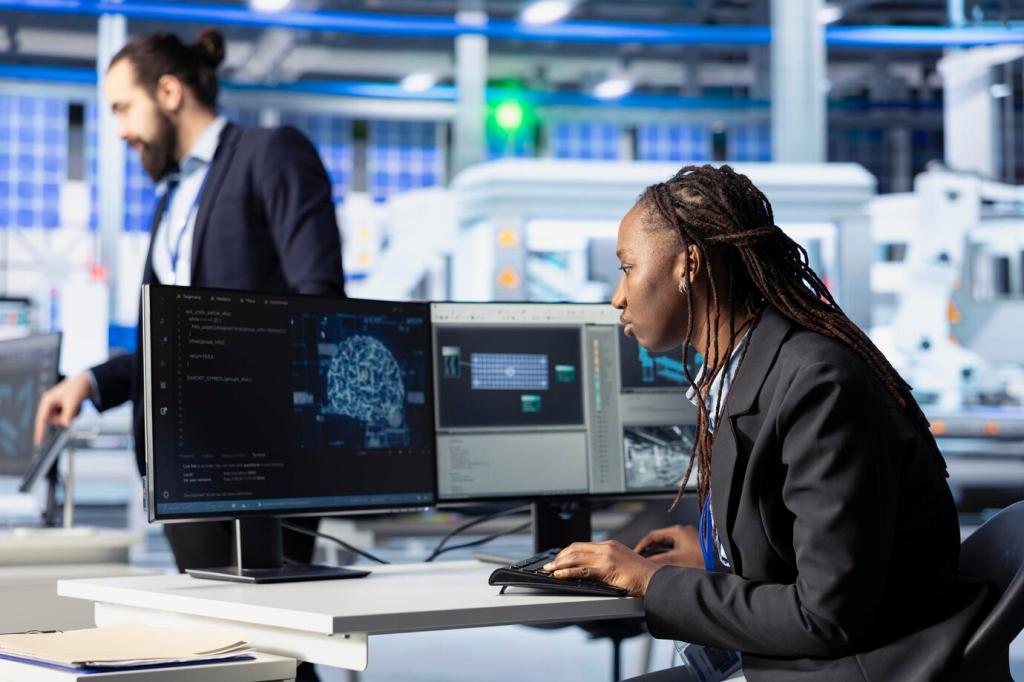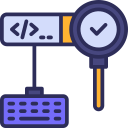Programming Tools to Enhance Audit Accuracy
Programming tools play a pivotal role in elevating the precision of audits by enabling automation, streamlining data analysis, and reducing human errors. Leveraging innovative software platforms and coding environments, auditors can now harness the power of data-driven insights to ensure compliance, detect anomalies, and maintain robust oversight of financial records. As organizations increasingly prioritize data integrity and regulatory responsibilities, adopting specialized programming tools becomes essential for driving audit quality and efficiency.

Advanced Data Analytics Platforms
Machine Learning for Anomaly Detection
Machine learning algorithms are at the core of modern audit enhancement, empowering professionals to identify outliers and suspicious patterns in large data sets. By automating the detection process, these algorithms can learn from historical data to flag inconsistencies that might indicate fraud, misstatement, or error. Continuous improvements allow the models to become more accurate over time, further increasing the precision of audit outcomes. The ability to swiftly isolate anomalous transactions not only reduces false positives but also ensures that audits are both comprehensive and focused on high-risk areas that demand immediate attention.
Predictive Analytics in Risk Assessment
Predictive analytics tools are reshaping the risk assessment process within audits by utilizing historical data to anticipate potential areas of concern. By leveraging statistical models, these tools can evaluate trends, project future risks, and alert auditors about transactions or practices likely to result in compliance breaches. The foresight created by predictive analytics underpins more targeted audit procedures and enhances the allocation of audit resources. As a result, the audit process becomes proactive rather than reactive, addressing issues before they escalate and ensuring higher accuracy in risk mitigation strategies.
Data Visualization for Interpretability
Data visualization platforms translate complex datasets into intuitive charts, graphs, and dashboards, thereby simplifying the interpretation of audit results. These tools allow auditors to spot trends, anomalies, and correlations at a glance, which would be challenging to uncover through raw data inspection. Enhanced interpretability not only supports more accurate findings but also facilitates communication with stakeholders who may not have extensive technical backgrounds. Clear visualization fosters informed decision-making and heightens transparency regarding audit methodologies and conclusions.
Automated Workflow and Process Management
Robotic Process Automation (RPA) is a digital workforce solution that handles repetitive manual tasks such as data entry, extraction, and validation. By automating these foundational activities, RPA minimizes human errors that often arise from fatigue or oversight. Auditors benefit from increased throughput, reliable records, and additional time to focus on high-value investigative and analytical duties. The result is a significant boost in audit accuracy and efficiency, especially when large volumes of transactional data must be processed within constrained timelines.
Secure Data Management Solutions
Implementing advanced encryption protocols keeps sensitive audit data safe from unauthorized access and tampering. By encrypting data both in transit and at rest, these protocols ensure that confidential financial information cannot be intercepted or altered. This robust layer of security is particularly crucial for remote audits or when handling cross-border data transfers. Encryption not only maintains the integrity of audit evidence but also upholds compliance with stringent data protection regulations, thereby enhancing the credibility and accuracy of the entire audit process.

